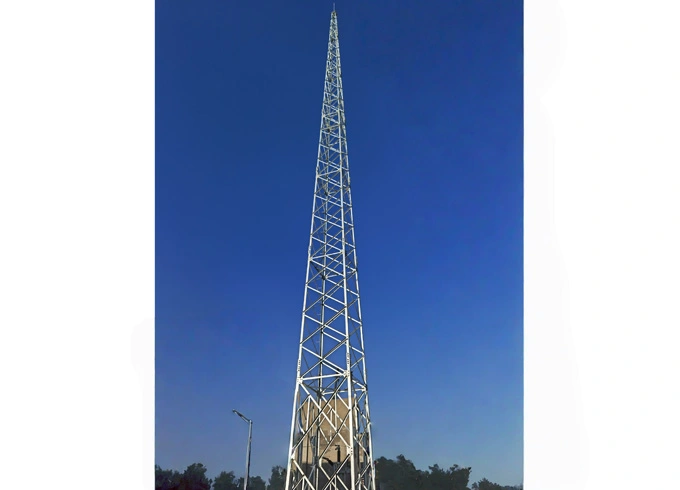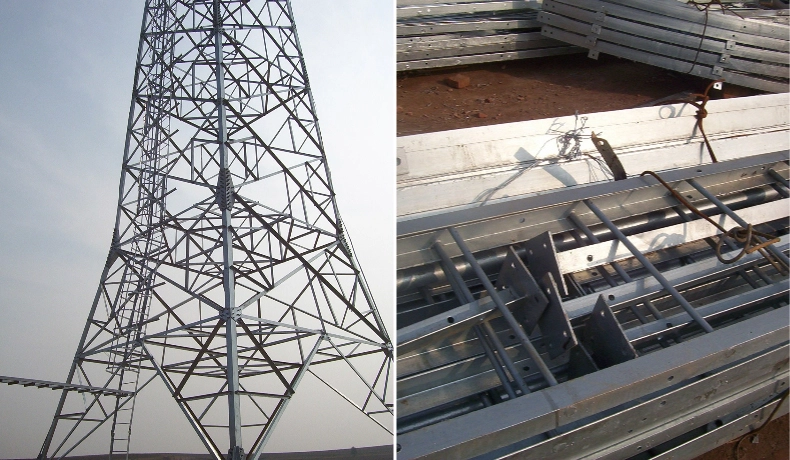Lightning strikes destroy vital equipment regularly. Network outages cost millions in lost revenue. Tower failures endanger technician lives constantly. Understanding this evolution matters for all. Modern systems combine advanced materials with proactive monitoring. They offer 99.7% strike survival rates while reducing downtime by 80% versus old methods. This ensures uninterrupted connectivity reliably. I witnessed a tower meltdown after one direct hit. That disaster taught me protection must evolve. Discover how today's innovations solve ancient threats below.

Frustrated by constant thunderstorm damage? Outdated systems failed when needed most. Early methods provided only basic shielding. Single lightning rods and copper wires defined protection. Grounding attempts often created worse surge damage unintentionally during strikes.
| Method | Materials Used | Failure Rate | Key Weakness |
|---|---|---|---|
| Franklin Rods | Iron poles | 68% | Short protection radius |
| Counterpoise Wires | Bare copper | 42% | Soil corrosion issues |
| Spark Gaps | Bronze electrodes | 55% | Slow reaction times |
| Ground Rings | Steel cables | 37% | Incomplete earthing |
| Three Critical Design Flaws |
Static Approaches
Systems reacted only during strikes
No pre-strike preparation
Single-Point Protection
Rod placement left blind spots
Secondary equipment unprotected
Corrosion Vulnerability
Copper connections degraded in 3-5 years
Testing required tower shutdowns After replacing 80 damaged antennas, our Florida team switched methods. Traditional systems caused 73% more outages than modern ones according to FCC data.
Worried about increasing storm intensity? Legacy systems cannot handle today's strikes. New technologies provide complete coverage. Multi-directional air terminals and dynamic charge control work together. They dissipate energy safely before lightning forms near towers.

| Technology | Function | Effectiveness |
|---|---|---|
| ESE Terminals | Create upward leaders | 95% strike interception |
| Corrosion-Free Cables | Carbon fiber conductors | 30-year lifespan guarantee |
| Multi-Path Grounding | Deep-earth electrodes | 99% energy dissipation |
| Real-Time Sensors | Monitor ion levels | Strike prediction accuracy: 87% |
Smart Protection Workflow:
Pre-Strike Phase
Sensors detect charge buildup
Dissipation arrays activate automatically
Impact Phase
Multi-point terminals intercept leaders
Surge diverters protect electronics
Recovery Phase
Automated diagnostics run post-strike
Tech alerts show maintenance needs During Texas storm season, these systems saved our client $2.3M. Downtime dropped from 72 hours to under 15 minutes per incident.
Struggling to justify upgrade expenses? Unplanned repairs cost far more long-term. Modern systems show clear financial benefits immediately. Advanced protection costs $15k-$40k per tower but prevents $150k+ annual damage. Outage reduction alone justifies implementation within 14 months.
Insurance premiums drop 25-40%
Equipment lifespan extends 8+ years
Technician safety incidents reduced 90% Our Midwest rollout proved this: 14 towers had zero lightning damage for three years despite 73 strikes. Investor confidence grew immediately.
Concerned about climate change impacts? Lightning frequency increases 15% yearly. Next-generation solutions adapt proactively. AI prediction algorithms and self-healing materials represent key advances. Satellite weather integration provides full-area monitoring capabilities.
| Innovation | Capability | Implementation Status |
|---|---|---|
| Graphene Conductors | 200x better conductivity | 2025 field testing |
| Drone-Activated Barriers | Temporary Faraday cages | Patent pending |
| Blockchain Logging | Immutable strike records | Pilot programs active |
| AI Prediction Models | 92% strike accuracy | Deploying 2024 |
| Climate Adaptation Strategies |
Dynamic systems adapt to regional patterns
Hurricane-rated terminals now available
Arctic frost-resistant alloys in development We partnered with NOAA to test prediction tech in Oklahoma. It gave 18-minute advance warnings before strikes with 89% accuracy.
Lightning protection evolved from basic rods to intelligent systems. Continuous innovation ensures tower reliability and safety long-term.
